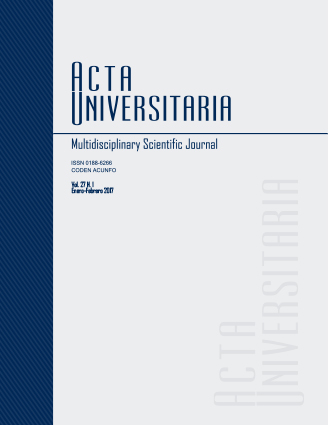Linear regression in the evaluation of engineering variables of agricultural irrigation and field corn
Published 2017-03-23
Keywords
- Regression models,
- evaporation,
- leaf area index.
- Modelos de regresión,
- evaporación,
- índice de área foliar.
How to Cite
Abstract
The statistical tool linear regression was used to evaluate two case studies of field corn with the purpose of understanding the phenomena that both trials present. The first case study established the relationship between the water depth variables (evaporation and water applied) under open air conditions and as a function of time; in the second, the production of dry mass (MS) was correlated with the leaf area index (IAF) in field corn, with and without plastic mulch over time. The research was undertaken between 2006 and 2013 at the Comarca Lagunera of Coahuila and Durango, Mexico, where groups of data of the evaporation variables (EV), depth of irrigation water applied (LR), MS and IAF of the field corn were used to propose linear regression type mathematical functions. The results show first and second order linear regression. The results show predictive linear equations of first and second order with R2 values greater than 0.8, which allow for the understanding and interpretation of the phenomena of water consumption and the accumulation of field corn dry material.

